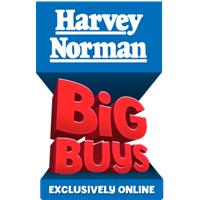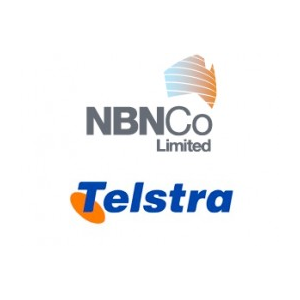Forget the GST crisis Gerry Harvey – retailers have bigger fish to fry says its rival.
Competition and ever tighter margins are just some of the problems ailing Dick Smith and other major retailers, says Woolworths boss Mike Luscombe who also owns the electronics outfit and Big W.
Larger margins retailers enjoyed for years is also a thing of the past thanks to the strong Aussie dollar and intense competition between retailers and pressures from online are all driving profits south, forcing year-round sales and ‘special offers’ in stores.
Woolworths said that while BIG W had produced a solid EBIT for the first half it is expected to be down on last year, while the Dick Smith business is currently being re-positioned and old stores were not performing as well their new “transformation” stores, in a report issued to the ASX yesterday.
”The Australian dollar means everything’s cheaper to buy,” he said announcing the sales figures for the company.
”There is intense competition to sell those products in the Australian market place and that has driven prices down even further and it’s just meant that the profit that you made out of selling a TV is less than you made last year.
”The selling price is down by some 30 per cent. More and more they are only sold on special. There’s no doubt we are all finding it difficult to get that growth margin.”
And online is the in-place to be and its where the consumers at, says the self proclaimed techxpert, affording benefits in the back-room and at the till.
So the mathematics of the working capital are far better. It’s the way that a lot of people want to shop.”
The chain are planning to unveil a web portal in a bid to lure even more consumers towards their e-store offering.
Web sales has already proved a winning formula for Dick Smith who in August last reported a 116 percent jump in sales.
He also admitted discount retailer Big W was feeling the pressure and further price reductions were necessary to drive sales.
”We’re not getting the dollars out of customers.
We are selling things much cheaper than last year, 6 or 7 per cent.”






